Southern right whale superpod blows a hole in the record books
 Tim Knight
Tim Knight
22 November 2018 12:00am
Viral bear video shows how drones threaten wildlife – and what to do about it
 Margarita Mulero Pazmany
Margarita Mulero Pazmany
22 November 2018 12:00am
A technologist's journey to protect wildlife: The reality and potential of conservation technology (recorded talk)
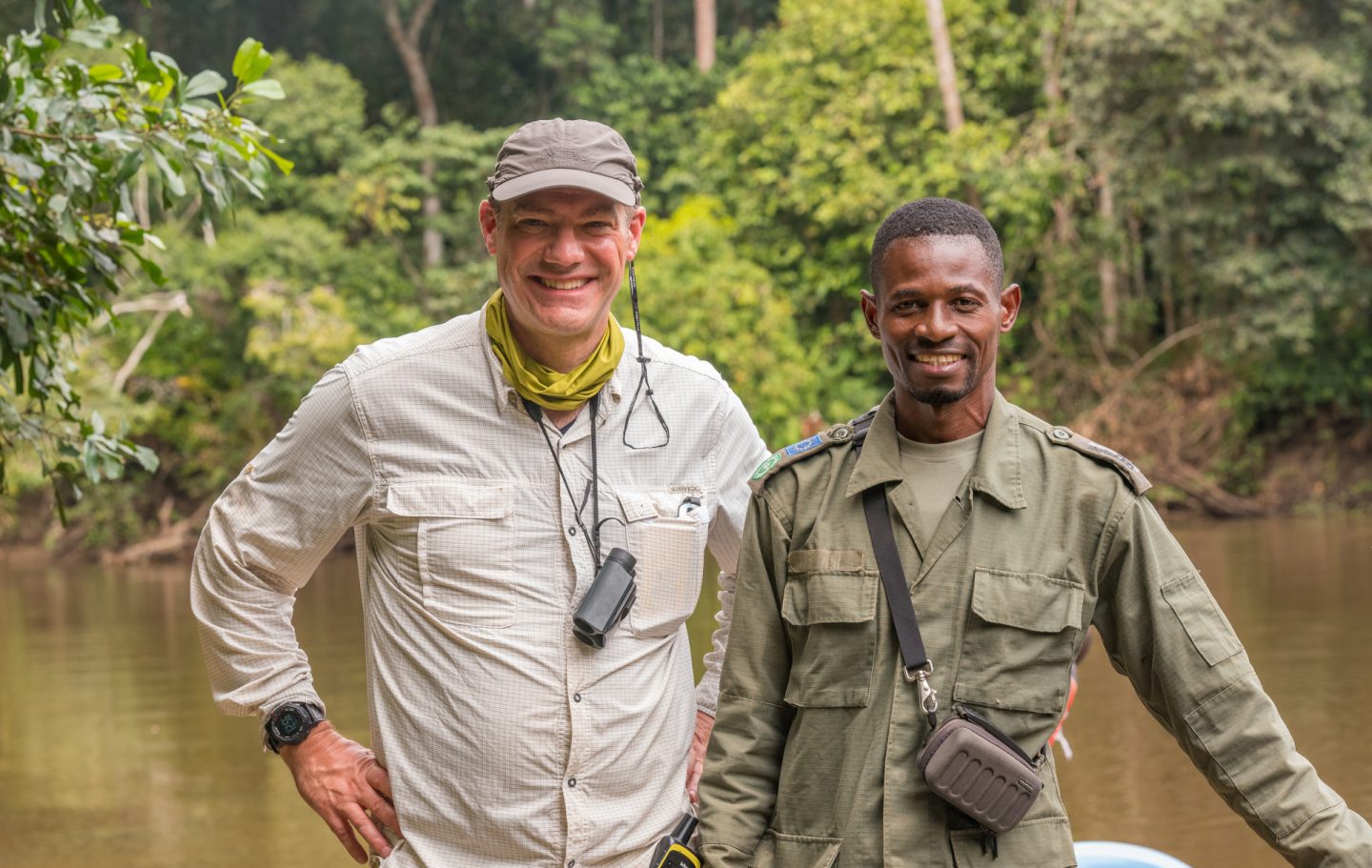 Ted Schmitt
Ted Schmitt
22 November 2018 12:00am
GIS Day 2018
14 November 2018 7:48pm
Developer job at Octophin Digital
13 November 2018 2:50pm
World Bank Global Wildlife Program Knowledge Exchange: Ethics and Conservation
 World Bank Global Wildlife Program
World Bank Global Wildlife Program
12 November 2018 12:00am
WILDLABS Virtual Meetup: Networked Sensors for Security and HWC Prevention
12 November 2018 12:00am
WILDLABS Virtual Meetup Recording: Next Generation Wildlife Tracking
12 November 2018 12:00am
Infrared filters for drone cameras
3 August 2017 11:17am
23 May 2018 9:41am
Hi Thom,
Did you have any luck with the DIY sensor?
Sam
10 November 2018 11:40am
If you need a piece of exposed (black) film then please get in touch. I still take "real" slides and have a few black frames at start and end of each roll of film.
Small Mammal Specialist Needed Liberia
9 November 2018 2:15pm
WildFind - a package to produce a georeferenced heatmap of VHF collared animals.
23 September 2018 10:50am
6 November 2018 10:20pm
Hello Mike
If I understood your system description correctly, you intend to analyse the radio data and produce the heatmap on board the drone. Why ?
I would do minimal data processing onboard, log any relevant details onto removable memory such as an SD card and do all further processing offline on a PC.
This should dramatically reduce the energy and processing demands of your drone-based hardware and simplify the software, too.
I guess there must be (open source?) solutions available that can convert data in a suitable format into a heatmap. This should save you having to re-invent that wheel.
Hope this is of some use.
Good luck,
Joachim Neff
8 November 2018 9:25am
Thank-you Joachim,
Yes- that will probably resolve one of the issues.
I think the larger issue that Al was trying to deal with was related to the 'ghost' data that caused the noise in the data.
Perhaps the issues are related?? Maybe a logger rather than processor might reduce the errant frequencies that we were observing.
MJ
8 November 2018 12:45pm
Hello Mike
I am not sure whether a datalogger would resolve radio noise problems. I would expect more success from improving the antenna/receiver circuitry to get rid of the noise before you digitise/record. Unfortunately, I can't give you much advice on this subject but antenna/circuit design can be tricky.
I just watched your YouTube clips and noticed in the last clip that there seems to be a 40 dB margin between the transmitter signal and the background noise. Based on my limited experience, this should be plenty to clearly separate signal from noise. With the right type of signal conditioning/filters you should be able to log only the signal you are interested in. Record this together with the current location coordinates and you should get close to the data set you need for producing the heatmap.
Good luck,
Joachim Neff
Google AI Impact Challenge
7 November 2018 3:44pm
Working together for wildlife
5 November 2018 6:27pm
6 November 2018 11:39am
Tiny tags and a broad research network help track small animal movements
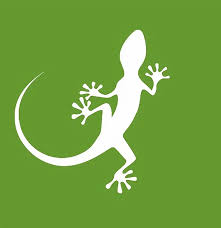 Mongabay
Mongabay
31 October 2018 12:00am
Data Needed: Mitigating rhino poaching through multimedia data mining
27 September 2018 3:43pm
28 September 2018 11:54am
Hi Steph,
Yes, my project objective is to detect rhinos and invaders at the sametime through videos not images. The tool is to be used by the game farm owners in order to protect the rhinos, well by invaders I imply the poachers.
Thank you very much for the information, yes I need funding as a realtime data will be advantageous for the better prediction. As we all aware mining videos is challenging as compared to images as videos are un-structured data.
Keep in touch.
Sibusiso
7 October 2018 3:26pm
Greetings Everyone,
Last week I have written to this community with regards to video data for attempting to analyse videos with rhino community, in order to conduct my research for object detection, object behaviour analysis and invader detection in a protected game farm. Seems It might take time to get such data, I wish to state it clear that the idea is to understand object detection, invader detection and behaviour analysis for wildlife animals and I focused on rhinos because thats what is dangered in my country (South Africa).
Nontheless, if now we dont have specific videos for rhinos, I still welcome video data for elephants. If again there are no video data, I can work on the images of both rhinos and elephants. As we know videos are just a set of continous images linked. For me to conduct my PhD research I depend on data and surely as the project progress, maybe we might find one or two videos that can use to justify my solution. So in simple, anyone who has elephant or rhino images can assist, as both of this wild animals are attcked by poachers for various reasons.
As the objective is to mitigate the poaching of the wild animals through multimedia data mining.
Please assist a fellow researcher...:)
Thanking you in advanced.
Regards
Sibusiso
25 October 2018 1:44am
Hi Sibusiso,
Are you looking for huge data sets or would vacation pictures (mostly Uganda) of elephants be of any help to you?
Cheers, Nigel
Workshop: Ivory Identification, Cambridge UK
17 August 2018 11:37am
20 August 2018 2:39pm
Thanks for posting @StephODonnell . Do you happen to know if remote participation is feasible for community members not in Cambridge, and if workshop materials can be shared?
20 August 2018 2:43pm
Hi @Rachel+Kramer
I'll scout around and see what capacity for remote participate there might be. Leave it with me!
Steph
24 October 2018 3:37pm
Hi,
I went to this workshop, led by Sonia O'Connor and James Barrett, and I would recommend it. Both Sonia and James have many years of experience identifying ivories (including elephant, hippo, walrus, mammoth, narwhal, sperm whale etc..), ivory substitutes (such as vegetable ivory, a type of nut), ivory imitations (e.g. bones) and ivory fakes (e.g. plastics). Sonia in particular has worked with CITES and is keen on training more people working in IWT.
A few interesting messages taken from the session:
- having physical identification as the first step before more complex analysis, such as DNA testing, is more cost and time-effective and can aid front line law enforcement.
- ivory often refers to elephant tusks, but it essentially includes all forms of teeth.
- ivory patterning varies between species.
- the same material can look different depending on what's happened to it.
- identification errors can be made between young elephant tusks and hippo canines (they look really similar!).
- deliberate ageing of ivory, e.g. through staining, can be obvious from the dark colour.
- elephant ivory could be dimpled to make it look like walrus ivory.
- a worked piece of ivory, e.g. a figurine, could be made of a combination of different ivories (elephant, hippo etc.) and/or bone.
- some Japanese carvers have turned to using vegetable ivory as an ethical alternative to elephant ivory.
- over time, ivory and plastic discolour very differently.
- UV lights don't always help to ID between ivory and plastic, as some plastics are florescent!
Developing the Next Generation of Animal Telemetry Webinar
22 October 2018 2:19pm
Drones, Orangutans, and Strangler Figs in Malaysian Borneo
 Sol Milne
Sol Milne
22 October 2018 12:00am
Mobile App Comparison Table
14 August 2018 5:12pm
19 September 2018 6:51pm
iRecord App - is UK specific, but allows to record over 100,000 taxa.
19 September 2018 11:25pm
Some other data collection apps.
https://www.proofsafe.com.au/
https://five.epicollect.net/
19 October 2018 2:16pm
Hi Shannon, this is really useful, thanks!
HWC Tech Challenge Update: Comparing thermopile and microbolometer thermal sensors
 Arribada Initative
Arribada Initative
18 October 2018 12:00am
E-Shepherd Collars - Anyone working with them?
4 October 2017 2:10pm
4 October 2017 6:22pm
Thanks, I'll check it out!
31 August 2018 9:58am
Hi Fleury,
I like to learn more about this collar. Can you send me some detailed information about it? I like to investigate if it can be an extended sulution to combine this collar with our prowild technology.
Hope to hear from you
16 October 2018 3:30pm
Hello Fleury
I am aware that such a collar has been tested in France to protect sheeps fromm wolves' attacks. I am also looking for some information about it to possibly test it out for jaguars and pumas in South America. It could be relevant to exchange about our respective experience about it.
I am also setting up the ENCOSH project which aims at co-developping the first international exchange platform to promote the sharing of knowledge, skills and experiences about local initiatives worldwide among various stakeholders. You could have a look in the website: encosh.org
Don't hesitate to get back to me about it.
Best
Tommy
Tusk Conservation Lecture 2018: Ted Schmitt
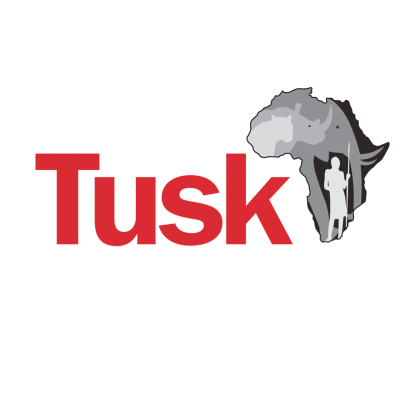 Tusk
Tusk
15 October 2018 12:00am
Developing the Key Conservation Mobile App
 Megan Cromp
Megan Cromp
15 October 2018 12:00am
XTINCT FOREST FIRE INNOVATION CHALLENGE (XFIRE)
4 October 2018 3:59am
Job Opportunity: Computer Scientist for Citizen Science Development
2 October 2018 6:39pm
Biology Undergrad Attempts Automated Species Recognition Using MacBook Air and Google
 Talia Speaker
Talia Speaker
1 October 2018 12:00am
Tracking poop... (and therefore seed dispersal)
30 October 2017 7:15pm
30 November 2017 2:58pm
Hi Chris,
Interesting challenge! Over on twitter, Ian Redmond has a suggestion:
What makes #elephants such important #GardenersoftheForest is that the #seeds pass through the gut undigested, ready for #germination miles from parent plant. How about acid-proof radio-transmitters in crush-proof pseudo-seeds that you insert into ripe fruit where eles forage? https://t.co/Q5skY90Jne
— Ian Redmond (@4Apes) November 30, 2017
What to you think? I'd be interested to hear from any of our engineers, would this sort of approach be feasible?
Steph
27 September 2018 10:16pm
Just to close this issue - I developed some iButtons and radio trackers which could be encased in medical safe epoxy and inserted into fruits for consumption by elephants. Unfortunately our focal elephant was very fussy... and she spat out all of the seeds in her fruits! Luckily she happily ate colour plastic beads... so we used those to calculate gut passage times. Sometimes the old school methods are the best methods!
Multispectral Cameras
27 September 2018 2:38pm
Microwave Telemetry free tags
26 September 2018 1:37pm
WildCRU Forum on Conservation Geopolitics: Developing Conversations Across Disciplines
 Conservation Geopolitics Forum
Conservation Geopolitics Forum
24 September 2018 12:00am












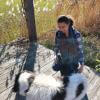
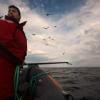


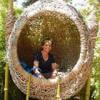


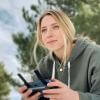


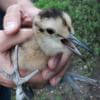
22 August 2017 3:09am
Although not for NDVI but worth a mention for anyone looking at converting a camera into IR only.
I have had sucess using a DIY filter made out of blank processed camera film from a disposable camera. So long as you can still find somewhere to process the film (or do it yourself) you just cut the processed film (negatives) and replace the digital cameras IR filter (placed over the cameras sensor). This will simply turn the camera into an IR camera only so won't fit your requirement for NDVI but thought that it is worth posting if others are looking at converting a camera or Go-Pro into an IR camera.